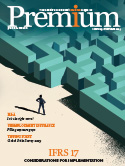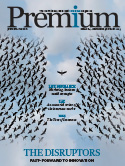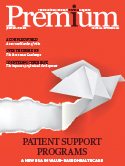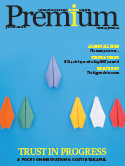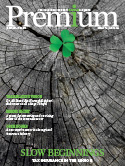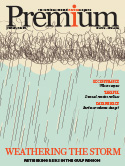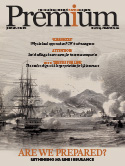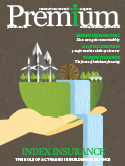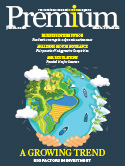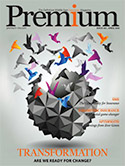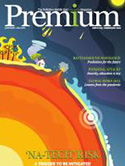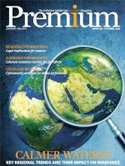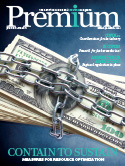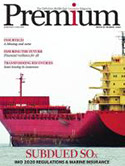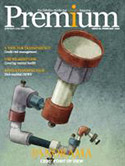1.4 bn face severe risks: Verisk report
New data has revealed that 1.4 billion people in South Asia, 81 percent of the region’s population, are acutely exposed to at least one type of natural hazard and live in areas considered to have insufficient resources to cope with and rebound from an extreme event.
The research, released by risk analysis and research company Verisk Maplecroft, highlights a lack of resilience to hazards across the region, especially in India, Pakistan and Bangladesh. According to the Bath, UK, based company, these governments have struggled to translate record levels of economic growth into improved resilience against natural hazards, leaving investors open to disruption to economic outputs, risks to business continuity and threats to human capital.
To reach its conclusions, Verisk Maplecroft assessed the risks posed by 11 types of natural hazards, including tropical cyclones, floods, winter storms, earthquakes, wildfires and tsunamis in 20 new risk indices covering 198 countries. The research forms part of its annual Environmental Risk Dataset, which has been developed to help companies identify risks to their assets, personnel and supply chains.
The data identifies flooding as one of the most substantial risks to communities and business in South Asia. In India alone, 113 million people, or nine percent of the population, are acutely exposed to flood hazard, with a further 76 million exposed in Bangladesh and 10 million in Pakistan. Indeed, heavy monsoon rain in November-December 2015 sparked record flooding in South India, which cost the country upwards of USD3 billion and displaced more than 100,000 people.








